Tenday Notes: 10 Feb - 1 Mar 2021

Every ten days I share a quick digest of what I've been working on. Here's the latest. More in the series here. Want them in your inbox? Sign up.
To kick us off I want to talk a little bit about the environmental cost of blockchain technologies - and in particular the recent gold rush around crypto-art and NFTs. I know that there are a bunch of digital artists among you, and I think it's important you have all the information before you dive into this new, exciting thing. (I also published this as a blog post yesterday, so if it looks familiar then that's why.)

For those who are a little bit fuzzy about how blockchains work, a key component is "proof of work" (there are other ways to run a blockchain, but this is the way that's used by all the major players right now). You ask a computer to solve a bunch of complex equations, which validate transactions elsewhere on the network, and you get rewarded for that transaction with cryptocurrency like Bitcoin or Ethereum. This is called "mining".
The problem is that solving a bunch of complex equations requires a lot of computing power, which in turn requires electricity. While renewable energy is becoming more common, most grids are still dominated by fossil fuels - particularly in China, where most mining takes place. Computational artist Memo Akten has calculated that the average Ethereum transaction has a carbon footprint of about 20kg CO2 equivalent.
It gets worse. A single cryptoart NFT ("non-fungible token" - which cryptoart folks have declared to represent the ownership of a digital artwork) involves potentially dozens of transactions. Akten analysed 18,000 of these tokens, finding that the average NFT has a footprint of around 211 kg of CO2 equivalent. That's the same as an EU resident's electric power consumption for more than a month, driving for 1000km, or a return flight from London to Rome. And that's just for keeping track of who owns it - it doesn't include the energy consumption used in the creation of the work, its storage, or the website it's hosted on.
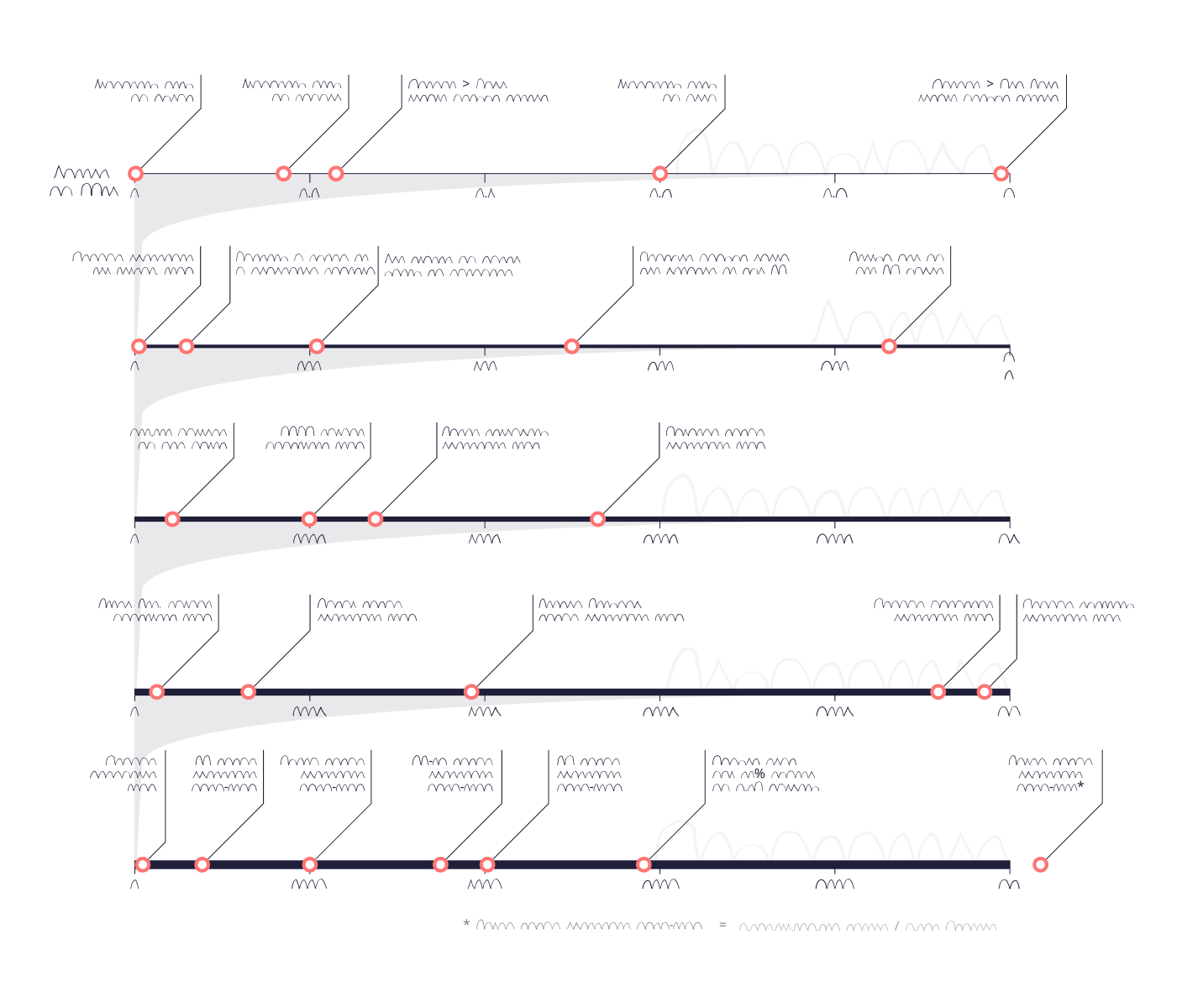
Many cryptoartists churn out these NFTs, hoping to strike gold with one or two. This means that the average footprint of the work of a single cryptoartist is about six tonnes of CO2 - which in developed countries will pretty much double that person's annual carbon footprint.
With me still? Great. Because we haven't talked about "editions" yet. The above analysis covers one-off NFTs, where there's only a single token for each artwork. That's how marketplaces like SuperRare work. But there are other marketplaces, like NiftyGateway, that allow creators to sell the same work more than once - so lots of people can "own" a copy. That's nice for people who want to own copies. But if you sell 100 copies, you multiply your carbon footprint by 100.
Joanie Lemercier is a digital artist who released a series of artworks of the platonic solids on NiftyGateway. They issued it in an edition of 53. It sold out in 10 seconds, and they eagerly started preparing a second release. But on the day it was due to drop, they published a blog post instead, calculating that his first release "consumed in 10 seconds more electricity than the entire studio over the past 2 years". He added: "Today was supposed to be my second CryptoArt release on NiftyGateway. Considering the insane and unnecessary waste of electricity involved, I’ve decided to cancel the drop until the issue is addressed."

If you're a digital artist considering releasing your work as an NFT, then I'd urge you to do the same. If you're not, and you want to get a sense of how much carbon is being emitted by the buying and selling of different digital artworks (and how ugly many of them are!) then check out http://cryptoart.wtf, also created by Memo Akten.
And while this is all about cryptoart, the same calculations apply to basically everything that's on the blockchain. Owning bitcoin, ethereum, or other cryptocurrencies, will balloon your carbon footprint far more than you likely imagine. It's honestly terrifying.
There are lots of other reasons to be skeptical about cryptoart. But this is mine.
I created an artwork recently that is not and will not ever be for sale as an NFT.
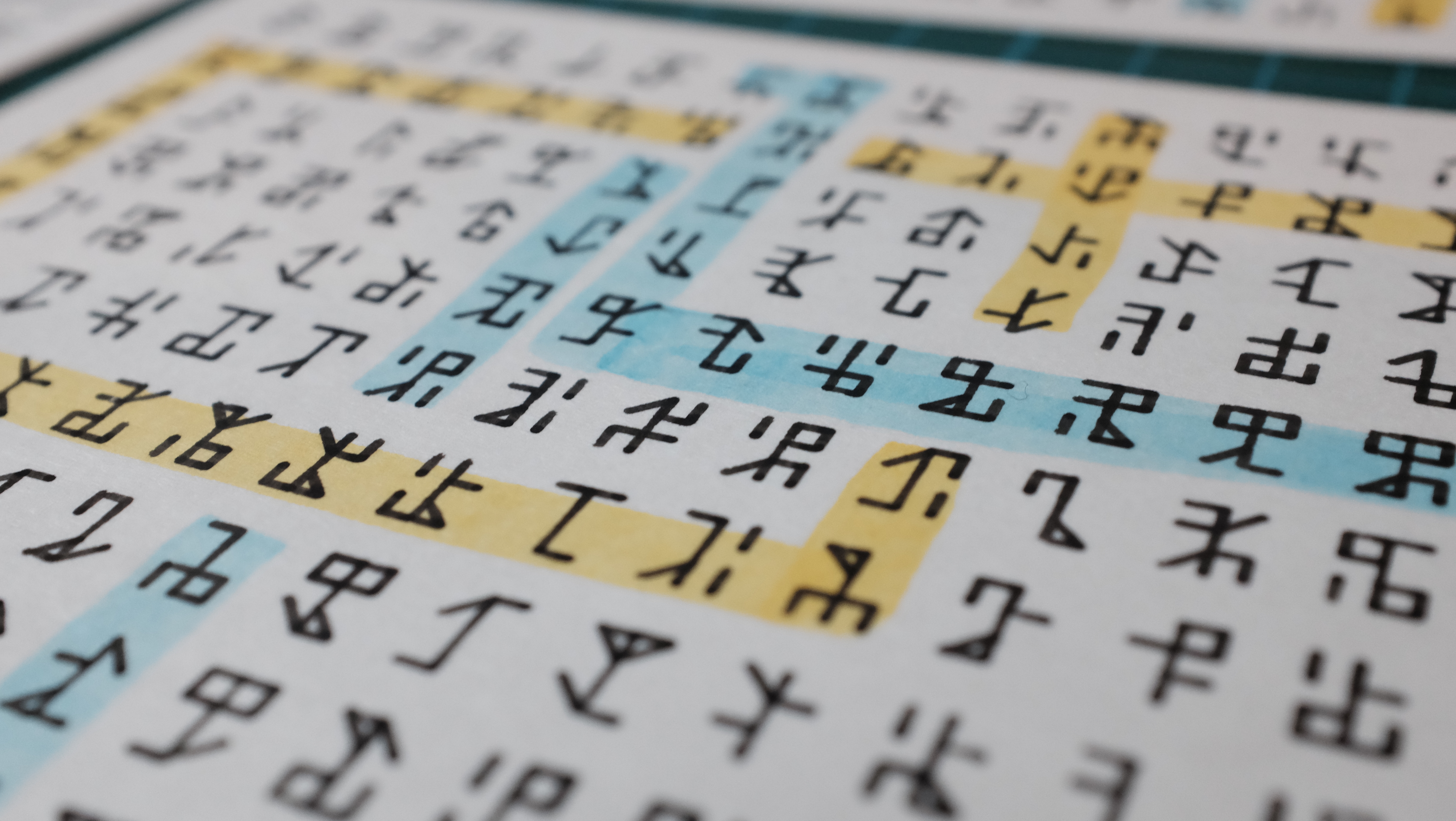
It's a set of four postcards, based on a numbering system created by Cistercian monks in the 13th century, where numbers up to 10,000 can be encoded in a single character.
The Cistercian monks invented a numbering system in the 13th century which meant that any number from 1 to 9999 could be written using a single symbol pic.twitter.com/VRuEx4dkPF
— UCL Department of Mathematics (@MathematicsUCL) February 2, 2021
It's pretty neat, and makes for a beautiful visual when combined with random numbers in a grid. But it wasn't quite enough, so I used generative dice techniques to hand-draw random paths over the top in two colours. The places where the paths start and stop are defined by dice rolls.
These postcards will be going to folks who signed up for the Feb 2021 Plotter Postcard Exchange. But it would be nice to send postcards to some of you folks again soon. So I might start thinking about that.
"The low gravity, lack of atmosphere, and quiet seismic environment of the Moon suggests that towers could be built much taller than on Earth. Here we look at the limits to building tall concrete towers on the Moon."

I, too, recommend eating chips.
I wrote a whole big thing for this newsletter about trying to figure out what "back to normal" means in our post-pandemic life, and when the last time was that things actually were "normal". I concluded, you may not be surprised to learn, that the world has not felt normal for my entire adult life.
This didn't feel especially original, and it was all a bit downer-y, so let's take another tack. Let's define our own "new normals". New Years Resolutions for post-pandemic life, whenever that may arrive.
Maybe they're restrictions we've been forced into during "these peculiar times" that we've come to value, or maybe they're new ways of looking at our old lives. Either way, I like the idea of being intentional about the return to not-normality.
Here are some of mine:
- I want to spend more time on foot, exploring my local area. I can count on one finger the number of times I've been further than walking distance from my home in the last 12 months (and even then I was still in the Gothenburg area). I want to take more holidays closer to home (though a bit further than walking distance please).
- I want remote working to continue to be a common thing for those for whom it's possible (but for it not to be a form of social stratification for those for whom it's not). I hope the predictions that companies will be a lot more amenable to remote working in the future prove to be true.
- I want virtual conferences to stick around. I've already beaten my drum enough about how great the Outlier conference was. But I've also been able to attend so many other workshops and concerts and talks over the last year that I'd never normally have been able to attend. So I really hope people continue to put on high-quality online-only events in the coming years.
- I'm really enjoying not feeling the desire to visit shops any more. I would love to continue to not visit shops more than I absolutely need to once the pandemic is over.
- I'm also really enjoying my new social life of going for walks outdoors with people rather than hanging out at their place or in a restaurant or something. It's cheaper, healthier, and more fun. I want to keep doing that.
What are your new normals? Hit reply, let me know, maybe I'll feature some of the best in a future edition.
Click here to find out why you should never use "click here" as your link text.
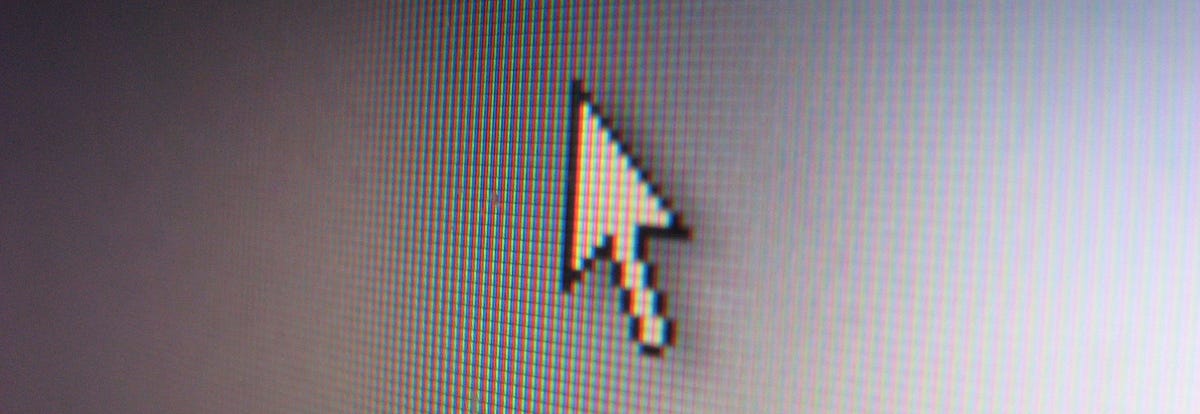
There's a fascinating bit in the latest newsletter from the Unviersity of Michigan's Urban Technology course about how the architect of Baghdad used fire to visualize the city before it was built.

Basically a building crew traced the plan of the city on the ground with ash, and laid out cotton which had been soaked in flammable liquid along the perimeter walls. Then they waited for nightfall and set fire to it.
Imagine what it felt like as al-Mansur’s workers laid their torches upon the cotton, setting the ring ablaze. Imagine watching as the flames zapped around the circle, taking perhaps 10 minutes or more to engulf the full circumference. Think about standing at the center of a 1km ring of fire sending embers into the night sky of Baghdad—a city at full scale surrounding you, before a single brick has been laid. Close your eyes. Crackling flames from all 360 degrees are overwhelming, even fearsome.
Are you notable? Do you live in San Francisco? If so, you can now get a blue tick on your home to let people outside know that you're an authentic public figure.
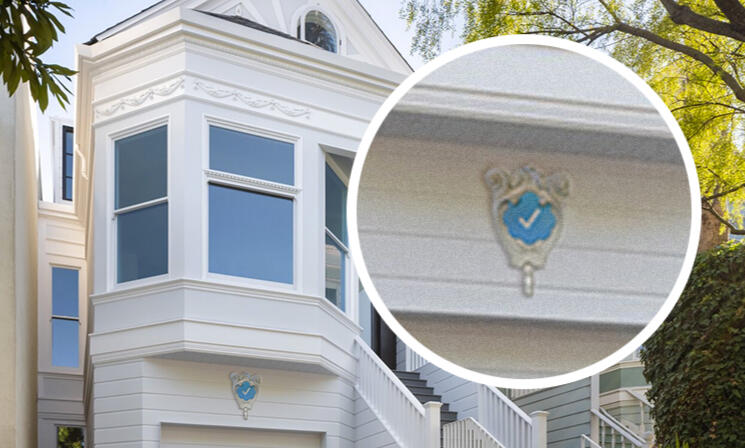
(This is a joke.)
A timely reminder that if it sucks... hit da bricks!!
IN CASE YA FORGOT - https://t.co/Qtp3PuUDXE ADMIN pic.twitter.com/4qw8pdrNGx
— da share z0ne (@dasharez0ne) February 23, 2021
There's a hill not too far from where I live that I have looked at hundreds of times and thought "there must be a great view from the top of that". Unfortunately there's a huge retail park between me and the hill - big box stores, parking spaces, and roads. It's not very walkable. So I've never mustered the energy to go and look.
But this weekend, inspired by microadventurer Alastair Humphreys' "a single map is enough" blog post, we climbed the hill.
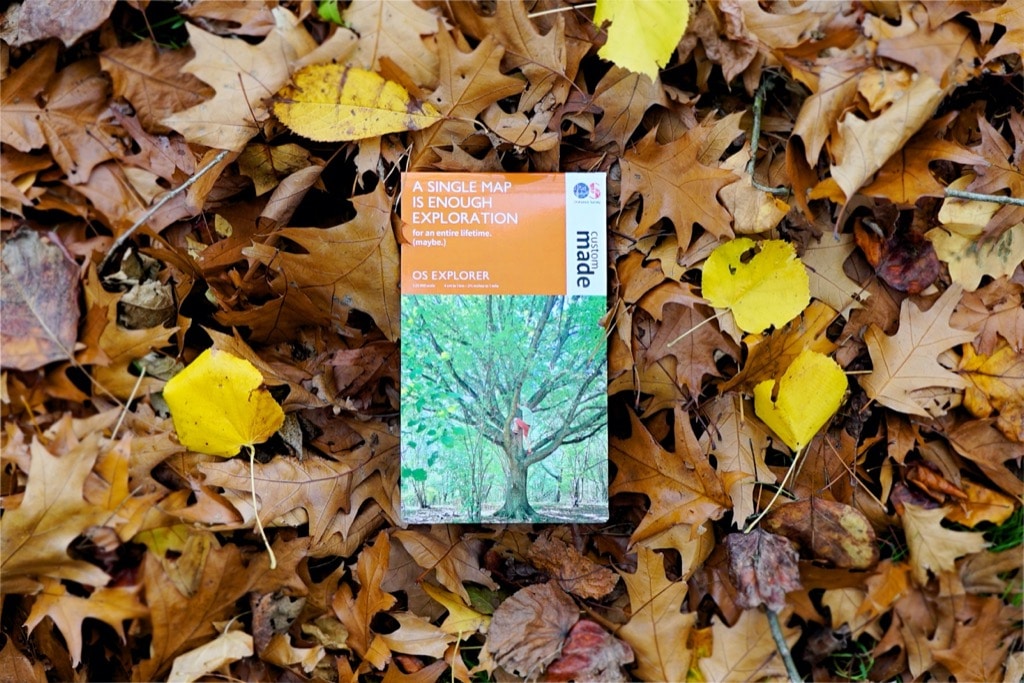
We had to walk along a motorway to get there, then through a housing estate, then scramble up the side. But at the top we were rewarded by a delightful view as expected. And we found a way to get back that was slightly less direct but much nicer. Even after living in this neighbourhood for almost three years, there are still new discoveries to be made.
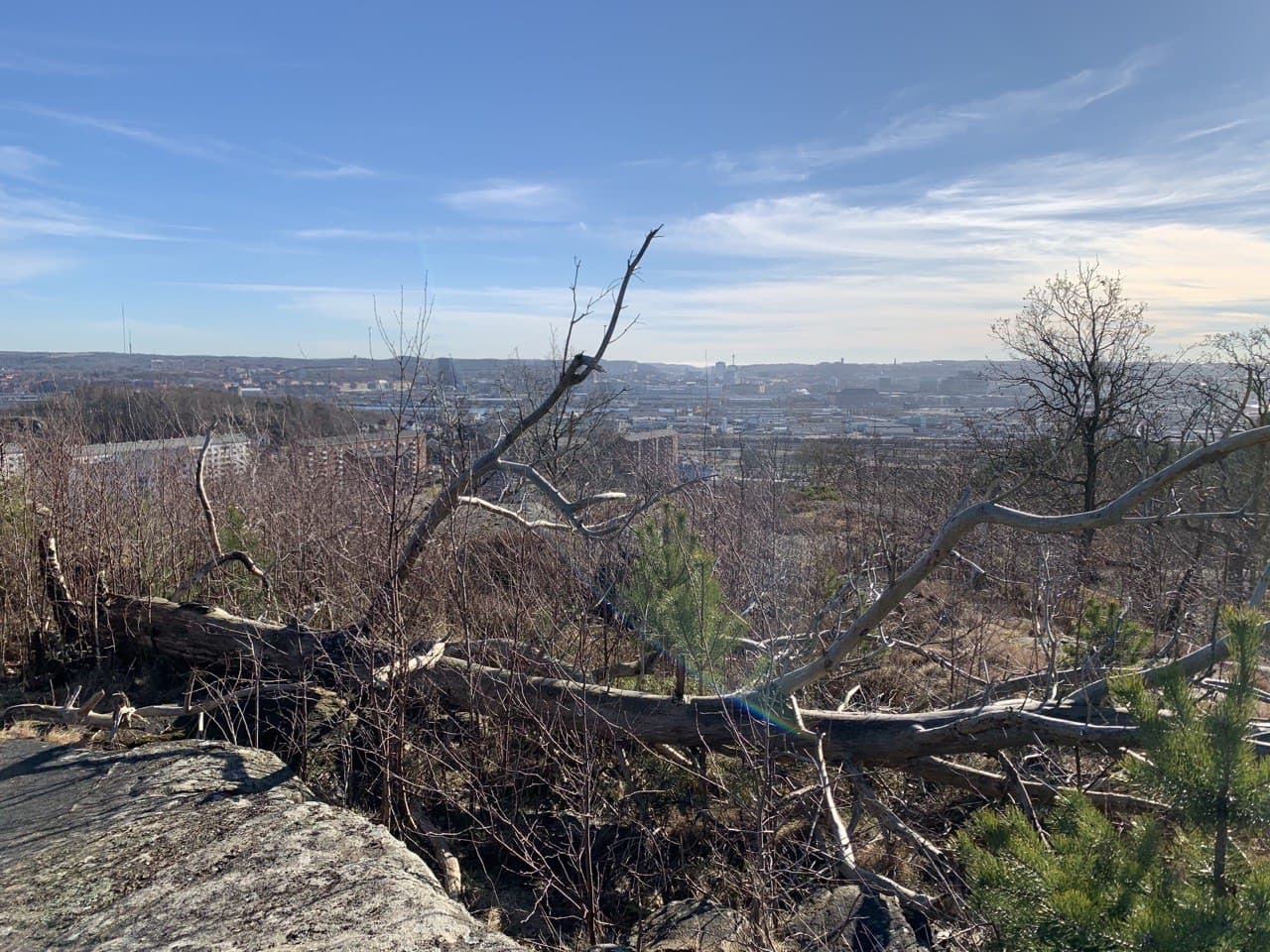
That's all for this week, but I'll leave you with a pro tip. Next time you do a Zoom job interview, sit in front of a bookcase. Juuuust in case an AI is watching.
Colleagues of mine analyzed A.I.-based job interviews. The software promises to be able to detect personality traits and be "faster, but also more objective". Turns out: Just placing a bookshelf in the background, changes the results significantly.https://t.co/G9yx0abkfb pic.twitter.com/6UHjzPyHU6
— hakan (@hatr) February 16, 2021







